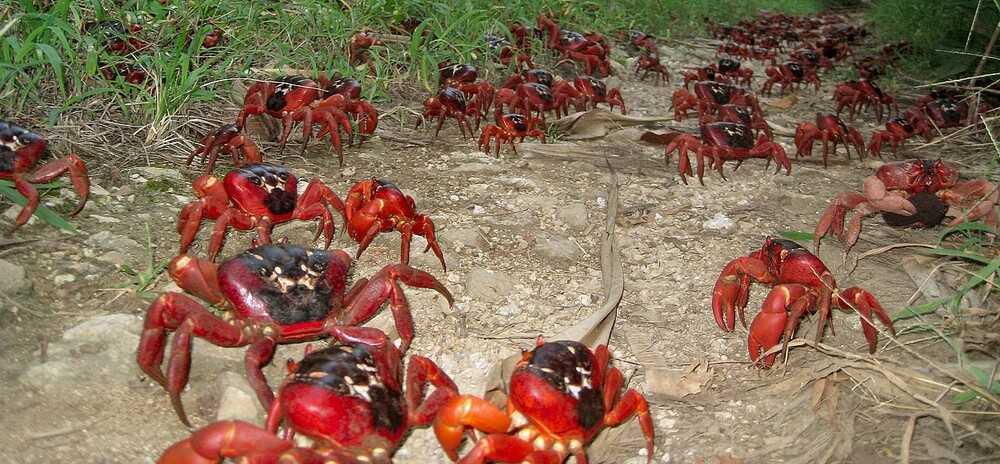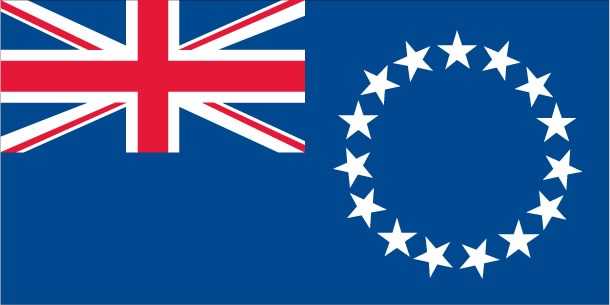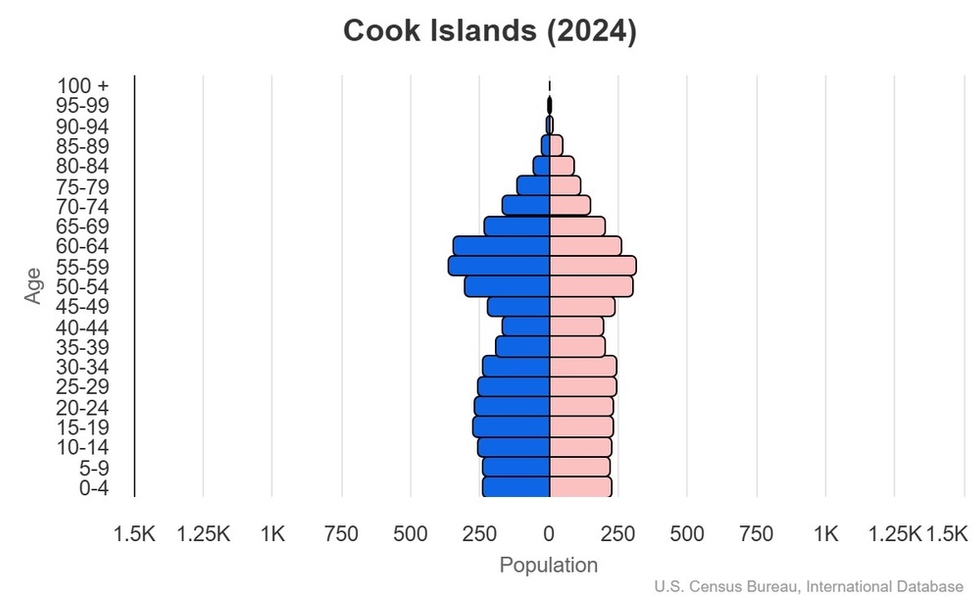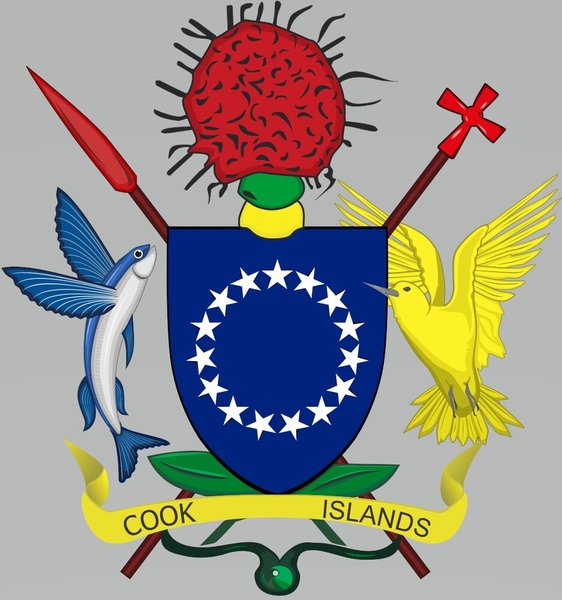Introduction
Visit the Definitions and Notes page to view a description of each topic.
Geography
People and Society
Population
comparison rankings: total 224; male 223; female 224
Median age
comparison ranking: total 51
Population growth rate
comparison ranking: 236
Birth rate
comparison ranking: 139
Death rate
comparison ranking: 47
Net migration rate
comparison ranking: 230
Maternal mortality ratio
comparison ranking: 196
Infant mortality rate
comparison ranking: total 90
Life expectancy at birth
comparison ranking: total population 88
Total fertility rate
comparison ranking: 102
Obesity - adult prevalence rate
comparison ranking: 2
Alcohol consumption per capita
comparison ranking: total 1
Tobacco use
comparison ranking: total 44
Education expenditure
comparison ranking: Education expenditure (% GDP) 132
Environment
Carbon dioxide emissions
comparison ranking: total emissions 208
Government
Economy
Real GDP (purchasing power parity)
comparison ranking: 212
Real GDP growth rate
comparison ranking: 3
Real GDP per capita
comparison ranking: 79
Inflation rate (consumer prices)
comparison ranking: 180
Energy
Communications
Telephones - fixed lines
comparison ranking: total subscriptions 192
Telephones - mobile cellular
comparison ranking: total subscriptions 217
Broadband - fixed subscriptions
comparison ranking: total 200
Transportation
Merchant marine
comparison ranking: total 70





